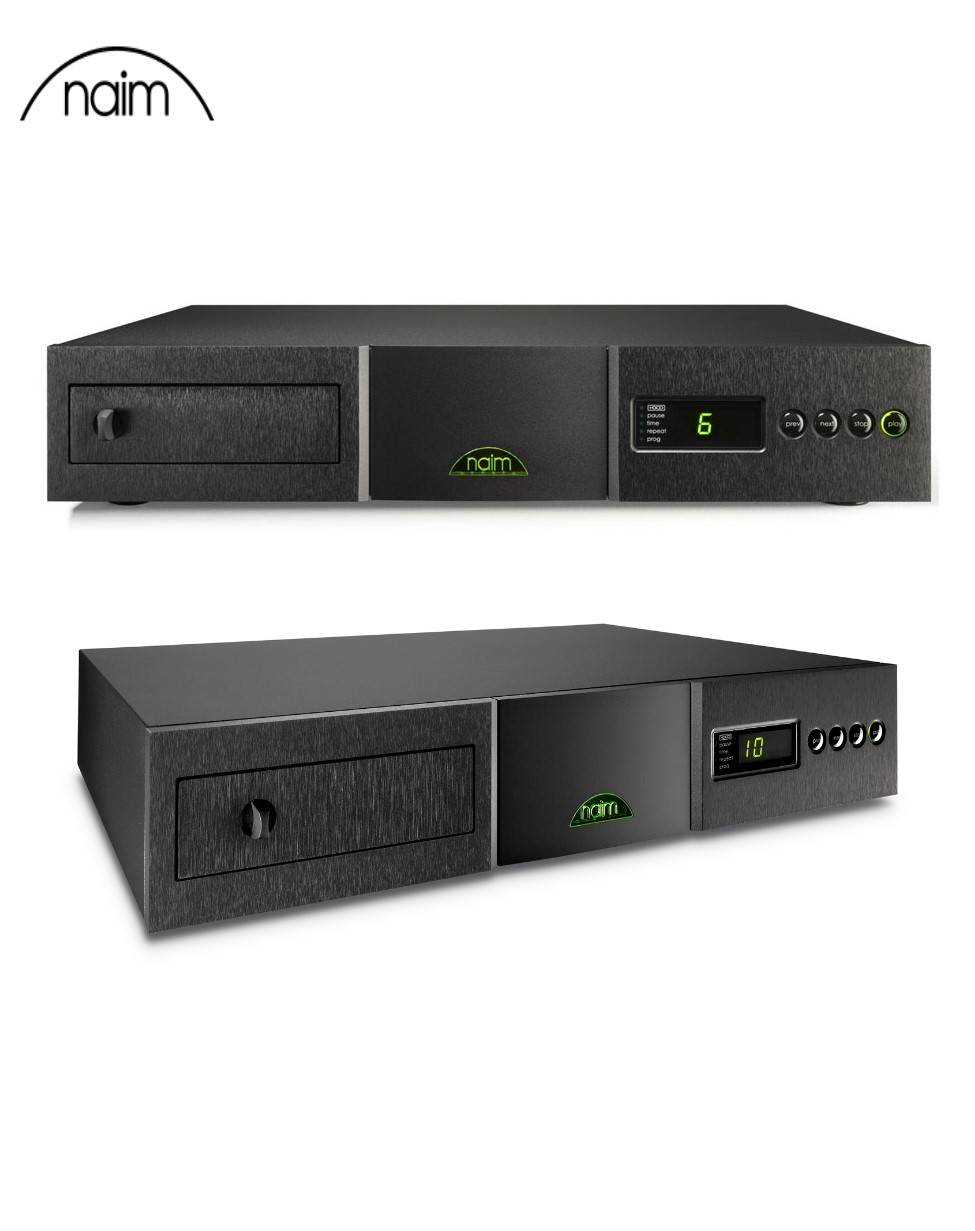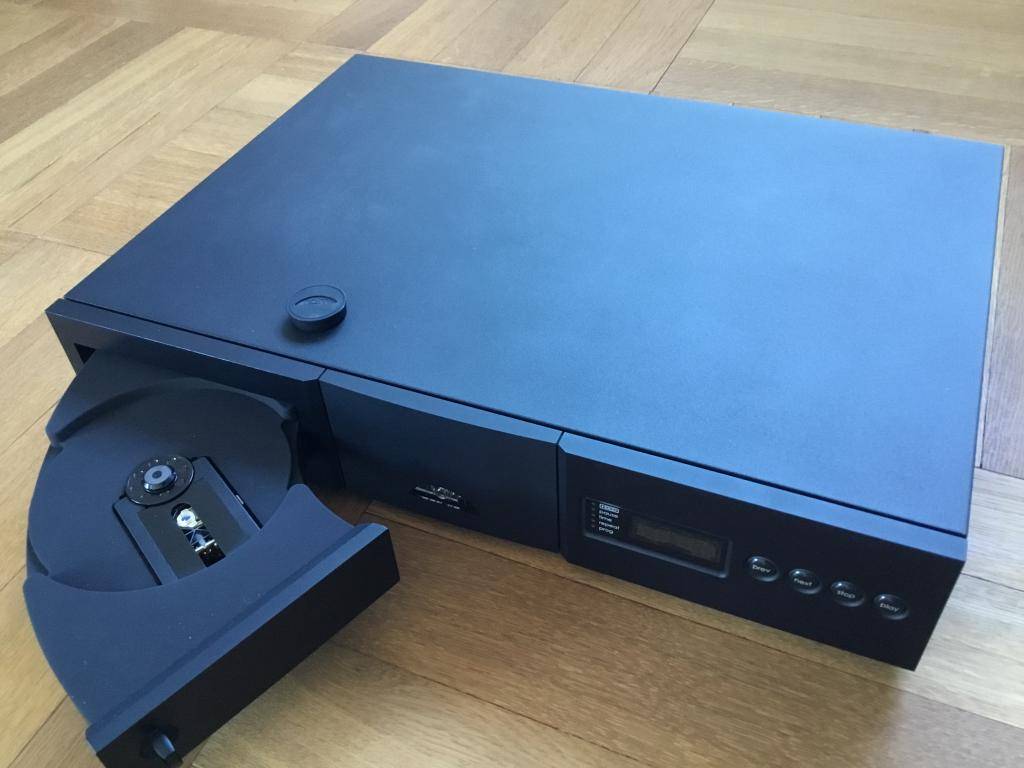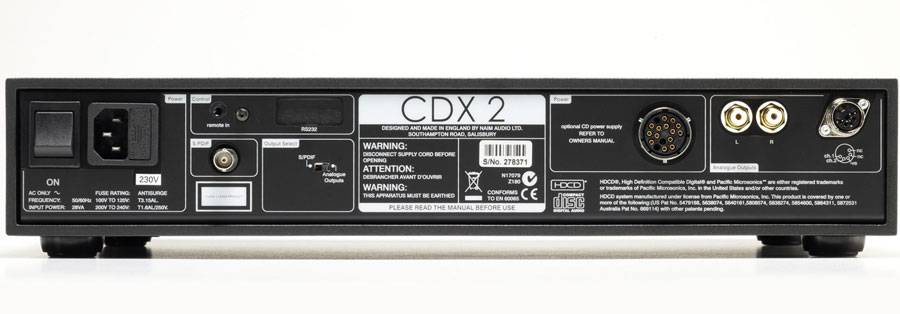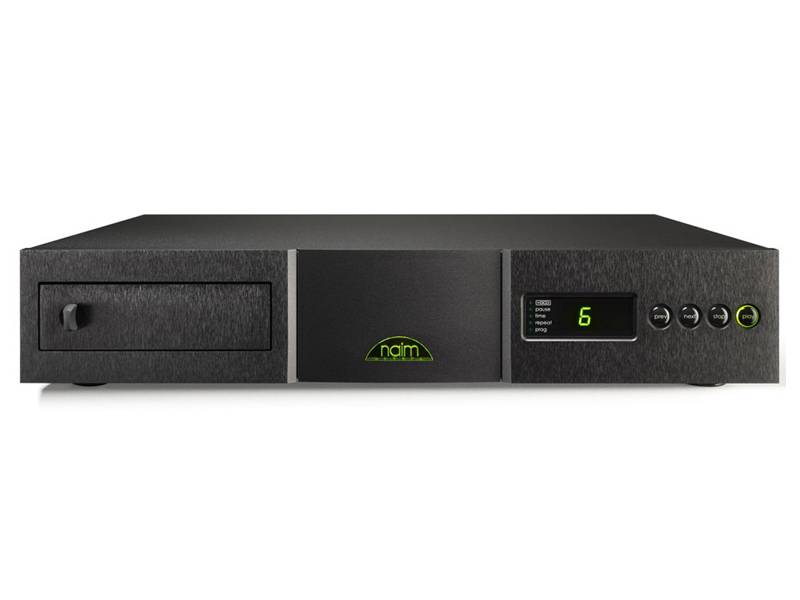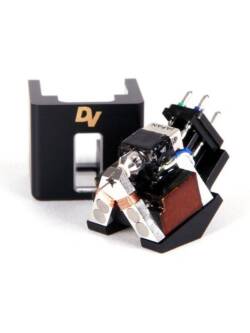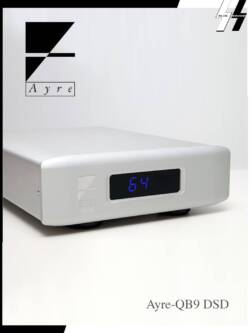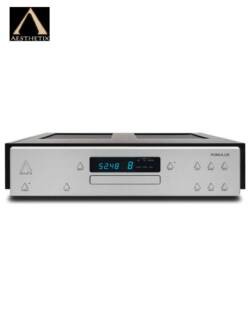Naim CDX2 CD Player
Original price was: R130,000.00.R48,000.00Current price is: R48,000.00.


Naim CDX2 Review
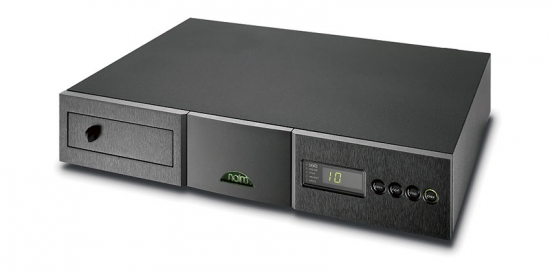
When the Naim CDX2 was released in 2003, it appeared that Compact Disc was starting to weaken in the face of competition from SACD and DVD-Audio. So it appeared bold of Naim to launch a new CD player right into the market for high-end universal machines. It seems to be a lot of money to spend on a dying format, at £2,650 + £2,300 for the XPS2 power supply (not required, but recommended). It was installed behind the also-new £4,750 CDS3, which was at the time Salisbury’s best silver disc spinner.
Naim’s head engineer Roy George dedicated close attention to the CD player’s mechanical and electrical features, resulting in a complexly suspended transport and low-mass magnetic clamping mechanism. There was also a new cast and extruded anti-magnetic chassis to defend against resonance and microphonic vibration, as well as a glass-reinforced front-loading drawer mechanism. Internal shielding was improved, and signal pathways between regulated power supply for each level of the circuitry were cut. There were no digital or headphone outputs, and proper earthing was employed throughout. When playing encoded discs, the new HDCD decoder/digital filter was turned on. The eight-times over sampled data was then routed to two Burr Brown PCM mono DACs (one per channel).
All important digital operations were controlled by a separate, completely optimized master clock, with the clock setup and layout engineered to minimize jitter. To reduce spurious noise, the DAC was followed by a seven-pole analogue filter. A CPU running bespoke Naim software directed the SAA7376 servo controller/decoder, which handled all key control duties. The CDX2’s power supply was fully double-controlled, with twenty low-noise, regulated power supplies on the main circuit board, as well as a separate supply on the servo control board and another on the display board. It could be used as a stand-alone, mains-powered computer or with the XPS2 power supply, which had six separately regulated, very low noise outputs, as well as a toroidal transformer and six power regulators.
Even now, the style looks fantastic in a classic Naim fashion, and the 87x432x314 mm casework is of exceptional quality. Its black brushed aluminium finish gives it a sturdy, sleek, and purposeful appearance. The front panel is a study in clear ergonomics, and the CDX2 includes user-configurable outputs, just like the new flagship NAC552 preamplifier. After a few seconds, the basic display fades into sleep mode, automatically turning off for enhanced sound. For smooth integration into residential setups, there are RCA phono and DIN connectors on the back, as well as RC5 and RS232 interfaces.
The CDX2 sounds really lovely — both in a good and terrible sense – without the XPS2 power supply. It has a warmish and fluid bass and a bit splashy yet propulsive treble, and is extremely unambiguous about rhythms in the midband. It’s a pleasant and communicative sound that emphasizes the spaces between musical notes, those rhythmic punctuation marks that give the music its enchantment. It doesn’t sound as polished as some of its more recent price rivals, such as the Marantz SA-12, but it’s far more enjoyable to listen to and altogether more engaging.
We hear an astonishing metamorphosis, one that is far more than the sum of its parts, when we add the XPS2, bringing the price up to £4,950. Bass drums, for example, gain muscle and clout as they increase in stature and gain highly effective grip. Up in the midband, there’s a huge improvement in clarity: low-level detail suddenly takes center stage, vocals are more defined and sharper, and stereo image is significantly more distinct. Treble becomes silkier and tighter, with a significant increase in air and space. As a result, anything you’re playing will have a far more passionate and inspiring presentation. Suddenly, no DVD-A or SACD spinner can match the intensity and passion that this machine can generate.
When paired with an XPS2, this machine is truly exceptional. It’s an enthralling listen, and many consider it to be Naim’s most distinctive CD spinner of the time. Its sheer enthusiasm, passion, and insight are fantastic to hear; the more refined CDS3, even with the XPS2 installed, appears to lose a little of the CDX2/attitude XPS2’s – despite being much more refined. This machine scavenges large amounts of detail and links it together in a logical and naturally melodic fashion, which is why used prices have remained high to this day.
After being so enthusiastic about the UnitiQute and Uniti, I was curious to find out how much more there would be in the Naims higher up on the scale
The result is a review dedicated to no less than four Naim components: CD Player/Streamer/DAC/PS.
Simultaneously, I’m still investigating whether or not streaming can really substitute CD replay. The CD player and streamer in this Naim stack are similarly priced and should represent a fair comparison to assess this. To top it off there’s the universal XPS power supply that can power either of the components, one at a time, and the DAC, which is a standalone, well, DAC.
Setup
Right after receiving the units, I’ve set them up, so that they could acclimatise, and left the whole stack powered on for a few days. While lifting the components it’s amazing how heavy they are: Naim’s focus is on big linear power supplies and it really shows!
When reviewing so many items at the same time, there’s the chance of running into problems with power and placement. Sure I’ve got enough power outlets and definitely enough power cables, as well as plenty of rack space. But I’ve noticed many a time that you have to be careful with setup and that you shouldn’t connect too many components at once, all with fat sounding powercables. What will happen is that it all will sound much fatter than when only one of those components is connected at a time, or to use fat sounding power cables only on the components under test and simple (packed-in) powercables on the other components to keep them powered up. I soon found out that the Naim components don’t really like fat sounding power cables and they have a hang for simpler, straight-sounding cables such as Belden or even the cables that come packed in with the component when you buy it. The latter make the Naims sound thinner and less colorful than they can do but they will sound nice and open, and very enthusiastic. Not so much with Lapp cables, which lends a nice smooth and full tonality, but also takes away a lot of PRAT, dynamics and even some resolution. This is not to say that big power supplies don’t need good cables, just that these beefy transformers apparently already provice lots of bass power and that too much is simply too much. Ultimately I decided that Furutech Alpha 3 with Furutech FI25/FI35 gold plated connectors made for the best match, providing much of the Lapp fulness but combining it with faster attack, more precision and more air.
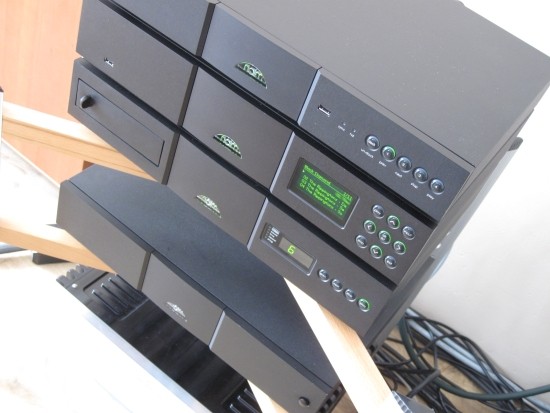
Placement was also an item. Normally I only review one component at a time, and compare it to my own equipment. This time it was a little bit more tricky. The first listening was with the CDX2 on top of the E&T imitation Spider rack and the NDX one level lower. When swapping their relative positions, it was clear that the top position sounded more open and cleaner/faster in the bass. Then I tried it with these two components stacked on top of each other but invariably the one at the bottom sounded fullest and the top one most airy, but lacking drive and slam. After lots of listening to the components in different places, I settled on the stacked variant, with the NDX on top. But for the final listening I moved my PS Audio PWD away from the real Spider rack and listened to the CDX2 and NDX, placed one after another, solely on the Spider’s top level. This made for the best sound. The difference between the Chinese fake rack and the real Finite item is in the details and dynamics: the real rack has a more nimble bass with more power and drive and also more transparency and slam in the midrange.
For the majority of the review I have used Cardas Hexlink cinch cables and swapped them over to other players and streamers for comparison. for the final assessments on the top level of the Spider rack however, I have also used Transparent Ultra XLR cables, and even with Cardas cinch-XLR adapters in the chain, this made for vastly better sound. It seems that the Naim components also don’t really like full and fat sounding interlinks. This all makes sense because typically Naim products are used with Chord cables, which are, in my limited experience, open and detailed sounding by nature.
My recent trend is to not spend too much time on describing functionality and technical properties, as they can be looked up easily elsewhere on the net, instead focussing more on the listening tests themselves, as that is what it is finally all about, the sound, isn’t it?
So far my story of the setup and the technical details, let’s move on to the listening impressions!
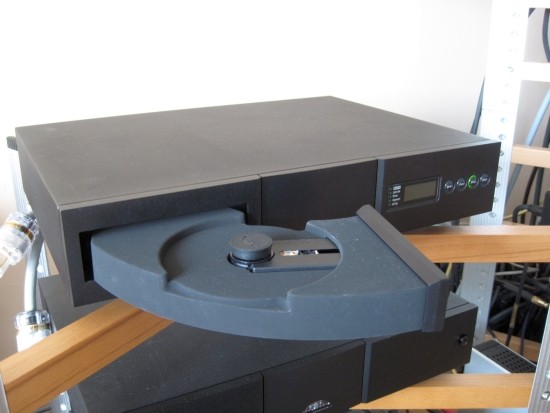
Listening – CDX2
The first component I tried was the CDX2. I was curious to find out how it sounded after a friend had had an original CDX for years and has always raved about it. As mentioned in the header, the Naim components under test here, have big power supplies and weigh quite a bit. The CDX2 is no exception: not only does it feel heavy, it also sounds that way: solid, dynamic, confident and with excellent bass that is at once deep, full, weighty and articulate. It carries great power and it is with its rhythmic qualities that the CDX2 impresses most.
The CDX2’s bass is different from that of Wadia, the other bass-champ: somewhat less cohesive and solid but similarly powerful and capable of a mighty kick. Moving all the way up the scale to the treble: in my reviews I always go on about fluidity. For me this is very important, especially because my Magnepan MG3.6R speakers are so revealing. Luckily the CDX2 doesn’t disappoint and shows quite fluid treble with enough air. However, the CDX2 is no smooth operator, and is less transparent and a little rougher than the Wadia S7i. Resolution isn’t its best feature. Play on low volume and there is the impression of missing some tiny details. Sounds don’t really carry on long, instead dropping to zero rather quick after the transient. Because of this, the CDX2 can sometimes sound dry. So, compared to the (double to triple price) Wadias and Levinsons, it can be a bit dry and cool, lacking some color and schmelz. But the CDX2 is just more about excitement, power, drive and foot-tapping involvement. And even if its soundstage can’t match the huge projection of the S7i and PWD, its overall presentation is nevertheless very intimate and direct, and because of that, highly engaging. A nice bonus is that less than stellar recordings still sound very enjoyable.
The bottom line for the CDX2 is that it is capable of conveying emotion easily, much more easily in fact than some technically superior components. In conclusion I wouldn’t classify the CDX2 as dry per se because with the right CD it can sound full and inviting and entirely satisfying. Play a little louder, and the music gains credibility and substance and the gaps seem to fill in slightly. So, even if it isn’t super-silky or very spacious, it is still a CD player that I wouldn’t mind having in the rack full time.
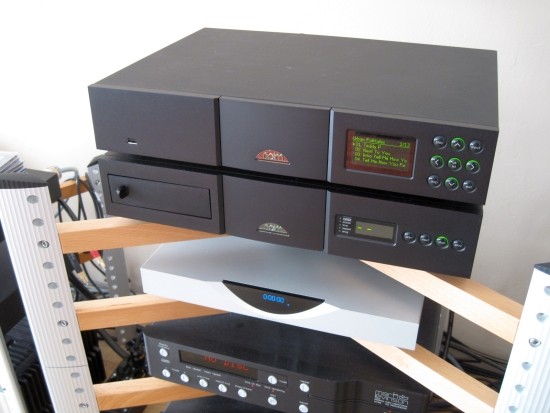
Description
| Digital Outputs (type) | S/PDIF, 75Ω BNC |
| De-emphasis | ±0.1dB referred to main response |
| Line Outputs Fixed (level) | 2.1V RMS at 1kHz |
| THD + N | <0.1%, 10Hz -18kHz at full level |
| Load Impedance | 10kΩ (min.) |
| Output Impedance | 10Ω (max.) |
| Analogue | DIN, RCA |
| Frequency Response | 10Hz – 20kHz, +0.1/-0.5dB |
| RS232 | Optional (DE9 female) |
| Remote Input | 1 x rear panel 3.5mm jack (RC5 modulated/unmodulated) |
| CD Formats | Red Book |
| Disc Compatability | CD, CD-R |
| Weight | 10.8 kg |
| Dimensions (HxWxD) | 87 x 432 x 314 mm |
| Power Supply Options | XPS, 555 PS |
| Supply Voltage | 100V, 115V, 230V; 50 or 60Hz |
| Supplied with | NARCOM-4 Remote Control, Standard Interconnect, Power-Line Lite mains cable (UK denominations only) |
| Power Supply | XPS, 555 PS |
| Other | DAC |
| Front Panel | Four button matrix |
| Handheld | Remote handset |
| Remote Control | Infra Red (RC5) |
